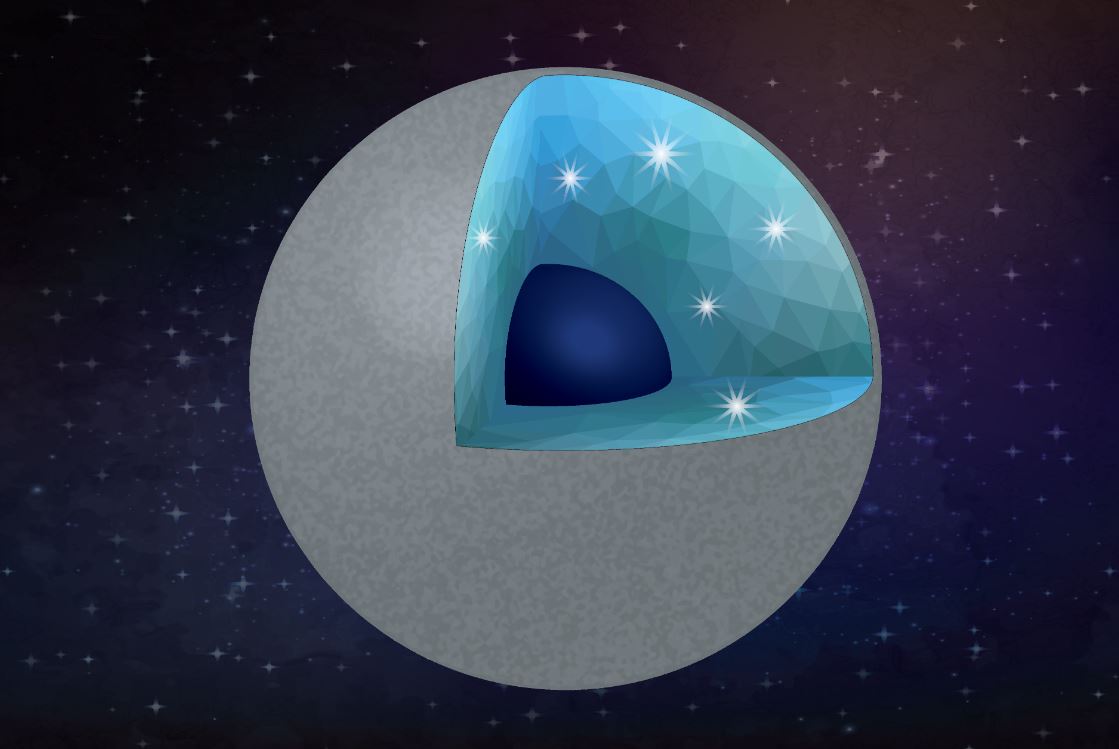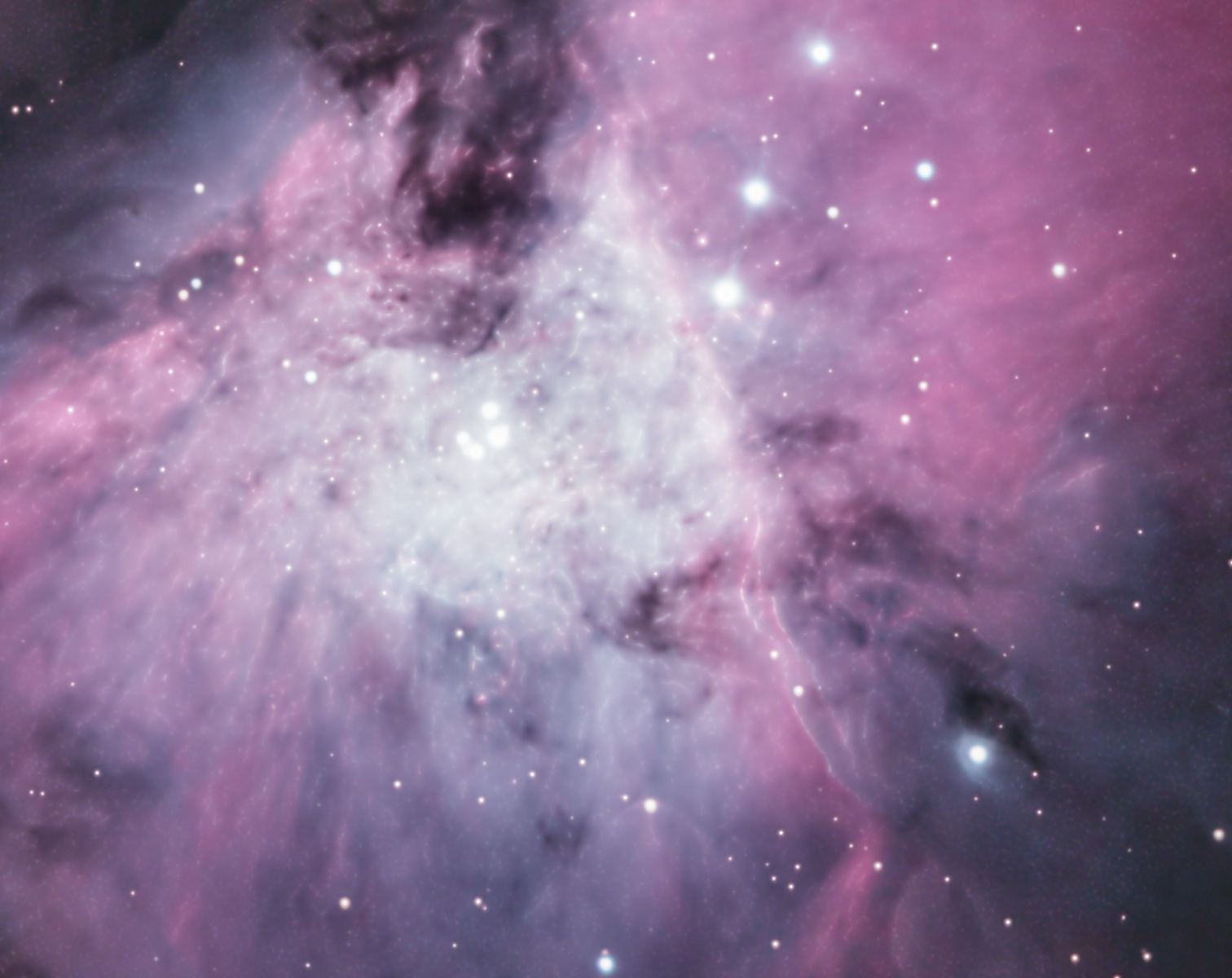The ESA’s CHEOPS (Characterizing Exoplanets Satellite) mission has announced its first discovery. It’s called WASP-189 b, and it’s a blistering hot temperature of 3,200 °C (5,790 °F), hotter than some stars. They’re calling the planet an “ultra-hot Jupiter.”
Continue reading “Cheops Finds a World That’s Utterly Alien From Anything We Have in the Solar System”There Could Be Carbon-Rich Exoplanets Made Of Diamonds

Scientists are getting better at understanding exoplanets. We now know that they’re plentiful, and that they can even orbit dead white dwarf stars. Researchers are also getting better at understanding how they form, and what they’re made of.
A new study says that some carbon-rich exoplanets could be made of silica, and even diamonds, under the right circumstances.
Continue reading “There Could Be Carbon-Rich Exoplanets Made Of Diamonds”Searching for Phosphorus in Other Stars

The Search for Life can be a lot messier than it sounds. The three words make a nice, tidy title, but what it entails is extraordinarily difficult. How, in this vast galaxy, can we find life and the planets or moons that might host it? We’re barely at the point of either discovering or ruling out other life in our own Solar System.
Finding it somewhere else in the galaxy, even in our own interstellar neighbourhood, is a task so daunting it can be hard to comprehend.
So any time scientists think they’ve found something that can give them an edge in their near-impossible task, it deserves to be talked about.
Continue reading “Searching for Phosphorus in Other Stars”James Webb Will Look for Signs of Life on Planets Orbiting Dead Stars

Can the galaxy’s dead stars help us in our search for life? A group of researchers from Cornell University thinks so. They say that watching exoplanets transit in front of white dwarfs can tell us a lot about those planets.
It might even reveal signs of life.
Continue reading “James Webb Will Look for Signs of Life on Planets Orbiting Dead Stars”There’s No Chemical Difference Between Stars With or Without Planets
Strange New Worlds
Imagine if a star could tell you it had planets. That would be really helpful because finding planets orbiting distant stars – exoplanets – is hard. We found Neptune, the most distant planet in our own solar system, in 1846. But we didn’t have direct evidence of a planet around ANOTHER star until….1995.…149 years later. Think about that. Any science fiction you watched or read that was written before 1995 which depicted travel to exoplanets assumed that other planets even existed. Star Trek: The Next Generation aired its last season in 1994. We didn’t even know if Vulcan was out there. (Now we do!…sortof)

An exoplanet has been found for the first time using radio telescopes

Astronomers have found an extrasolar planet around a main sequence star. Which isn’t a big deal. With a radio telescope. Which is.
Continue reading “An exoplanet has been found for the first time using radio telescopes”A Strange Planet has been Found that’s Smaller than Neptune But 50% More Massive

Astronomers have found another strange exoplanet in a distant solar system. This one’s an oddball because its size is intermediate between Earth and Neptune, yet it’s 50% more massive than Neptune.
Astronomers have found what they call “puff planets” in other Solar Systems. Those are planets that are a few times more massive than Earth, but with radii much larger than Neptune’s. But this planet is the opposite of that: it’s much more massive than Neptune, but it also has a much smaller radius. Super-dense, not super-puffy.
This oddball planet is calling into question our understanding of how planets form.
Continue reading “A Strange Planet has been Found that’s Smaller than Neptune But 50% More Massive”Saturn-sized Planet Found in the Habitable Zone of Another Star. The First Planet Completely Discovered by Amateur Astronomers
Exoplanets have been a particularly hot topic of late. More than 4000 of them have been discovered since the first in 1995. Now one more can potentially be added to the list. This one is orbiting Gliese 3470, a red dwarf star located in the constellation Cancer. What makes this discovery particularly interesting is that this planet wasn’t discovered by any professional astronomers using high tech equipment like the Kepler Space Telescope. It was found entirely by amateurs.
Continue reading “Saturn-sized Planet Found in the Habitable Zone of Another Star. The First Planet Completely Discovered by Amateur Astronomers”Wow! An Actual Picture of Multiple Planets Orbiting a Sunlike Star

We’ve detected thousands of exoplanets, but for the most part, nobody’s ever seen them. They’re really just data, and graphs of light curves. The exoplanet images you see here at Universe Today and other space websites are the creations of very skilled illustrators, equal parts data and creative license. But that’s starting to change.
The European Southern Observatory’s Very Large Telescope (VLT) has captured images of two exoplanets orbiting a young, Sun-like star.
Continue reading “Wow! An Actual Picture of Multiple Planets Orbiting a Sunlike Star”Astronomers are Starting to Find Planets in Much Longer Orbits. Cooler, More Habitable Planets

We’re getting better and better at detecting exoplanets. Using the transit method of detection, the Kepler Space Telescope examined over 530,000 stars and discovered over 2,600 explanets in nine years. TESS, the successor to Kepler, is still active, and has so far identified over 1800 candidate exoplanets, with 46 confirmed.
But what if, hidden in all that data, there were even more planets? Astronomers at Warwick University said they’ve found one of these “lost” planets, and that they think they’ll find even more.
Continue reading “Astronomers are Starting to Find Planets in Much Longer Orbits. Cooler, More Habitable Planets”


